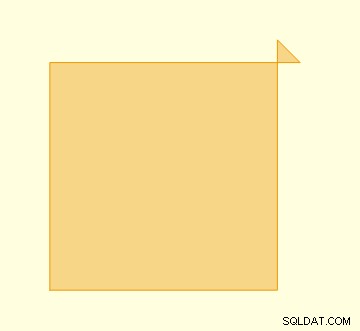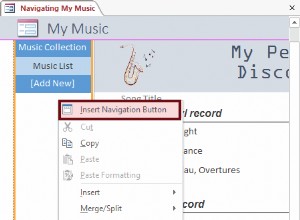Dubito che tu abbia bisogno di PostGIS per questa operazione.
Dubito anche che ci sia un modo per "renderlo valido". Perché il poligono ha una chiara autointersezione:
Ecco come eseguire la convalida e la correzione in Boost Geometry stesso:
#include <boost/geometry.hpp>
#include <boost/geometry/geometries/geometries.hpp>
#include <boost/geometry/io/io.hpp>
#include <boost/geometry/algorithms/equals.hpp>
#include <iostream>
namespace bg = boost::geometry;
namespace bgm = boost::geometry::model;
template<typename G>
bool check(G const& g) {
std::string reason;
bool valid = bg::is_valid(g, reason);
if (valid) std::cout << "Valid (dsv): " << bg::dsv(g) << "\n";
else std::cout << "Invalid: " << reason << "\n";
return valid;
}
int main() {
using pt = bgm::d2::point_xy<double>;
using poly = bgm::polygon<pt>;
poly p;
bg::read_wkt("POLYGON((0 0, 10 0, 10 11, 11 10, 0 10))", p);
while (!check(p)) {
auto same = p;
bg::correct(p);
if (bg::equals(p, same)) {
std::cout << "Out of ideas\n";
break;
}
}
}
E nota l'output:
Invalid: Geometry is defined as closed but is open
Invalid: Geometry has invalid self-intersections. A self-intersection point was found at (10, 10); method: i; operations: u/i; segment IDs {source, multi, ring, segment}: {0, -1, -1, 1}/{0, -1, -1, 3}
Out of ideas
Se la tua fonte contiene effettivamente autointersezioni del genere, è difficile dire cosa ti piacerebbe. Forse vuoi dare un'occhiata a
- Dividi il poligono autointersecante in un poligono non autointersecante
- Area del poligono autointersecante





